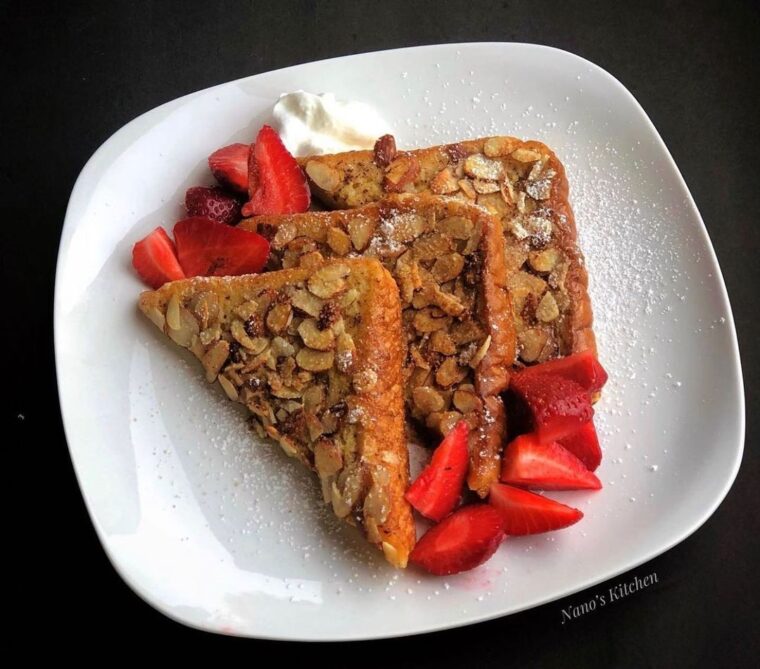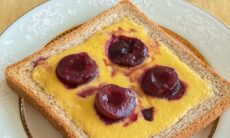French toast, a breakfast and brunch staple adored worldwide, is more than just bread dipped in eggs. It’s a culinary canvas ripe for sweet and savory interpretations, offering a delightful start to any day. Discover the history and versatility of this comforting dish.
The origins of French toast are surprisingly ancient, predating France itself! Variations existed in Roman times, utilizing stale bread soaked in milk and eggs as a way to prevent food waste. The concept of reviving day-old bread remains central to the dish today, making it an eco-friendly and delicious choice.
What truly elevates French toast is the perfect balance of textures. The exterior, ideally browned and slightly crisp, gives way to a soft, custardy interior. This contrast is achieved by soaking slices of bread in a mixture of eggs, milk (or cream), sugar, and spices like cinnamon and vanilla. The soaked bread is then pan-fried in butter until golden brown on both sides.
The beauty of French toast lies in its adaptability. While classic preparations often involve a dusting of powdered sugar and a drizzle of maple syrup, the possibilities are endless. Berries, sliced bananas, whipped cream, and chocolate sauce are popular sweet toppings. Savory variations can include herbs, cheese, and even a fried egg for a complete meal. From simple and comforting to decadent and elaborate, French toast offers something for everyone.
Beyond the toppings, the bread itself can be customized. Brioche, challah, and even sourdough bread create unique flavor profiles and textures. Experimenting with different types of bread is part of the fun of mastering French toast. So, whether you’re a seasoned cook or a beginner, French toast is a rewarding dish to explore, offering endless opportunities for creativity and deliciousness.













